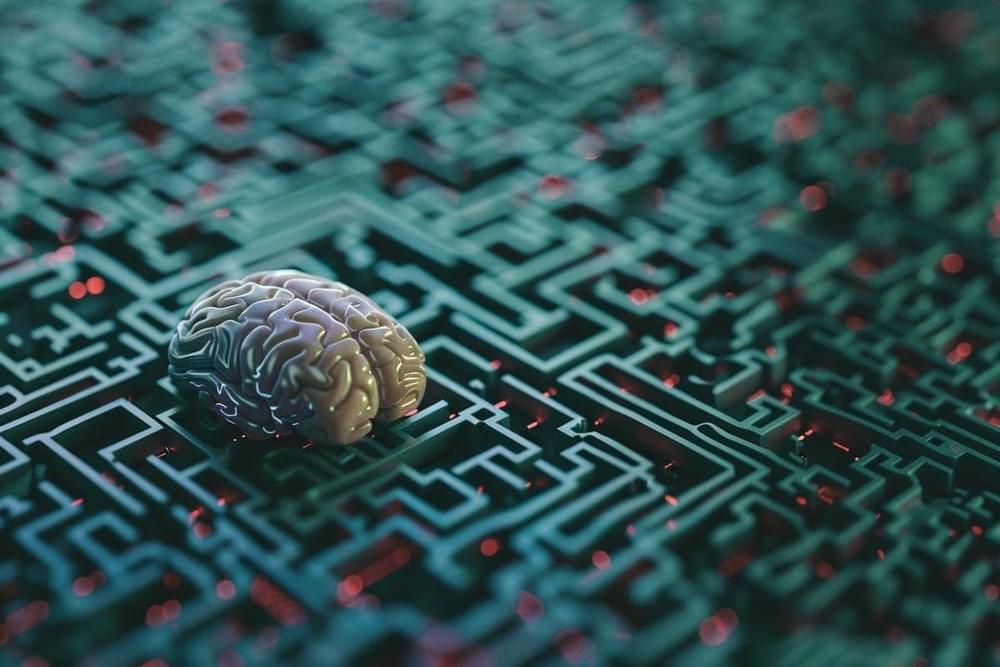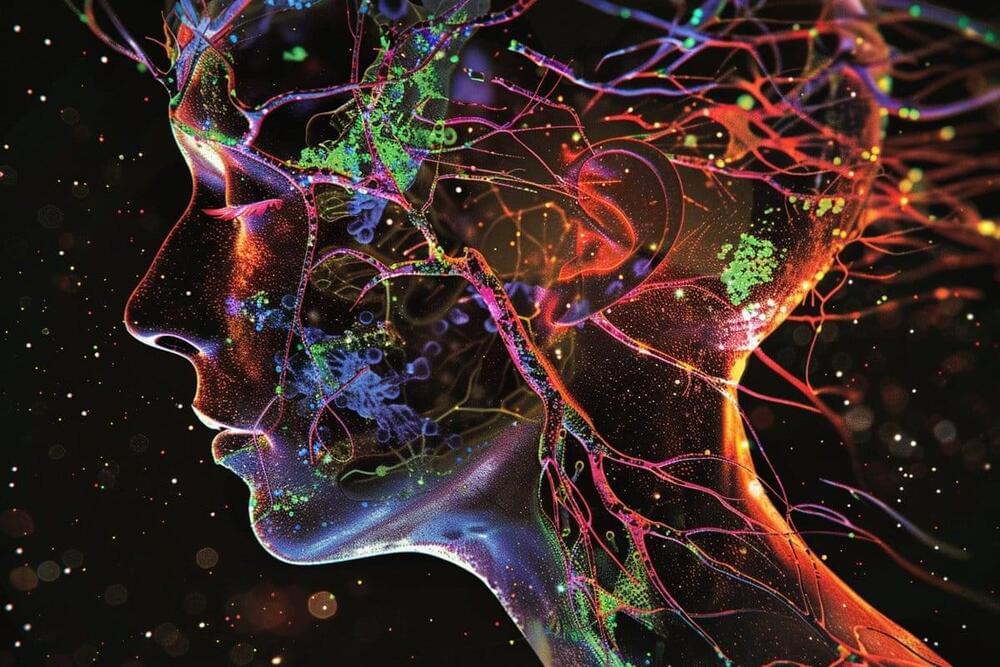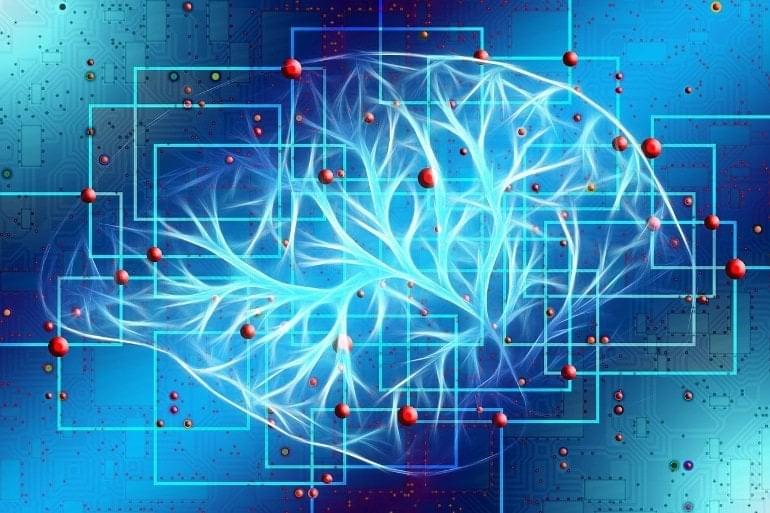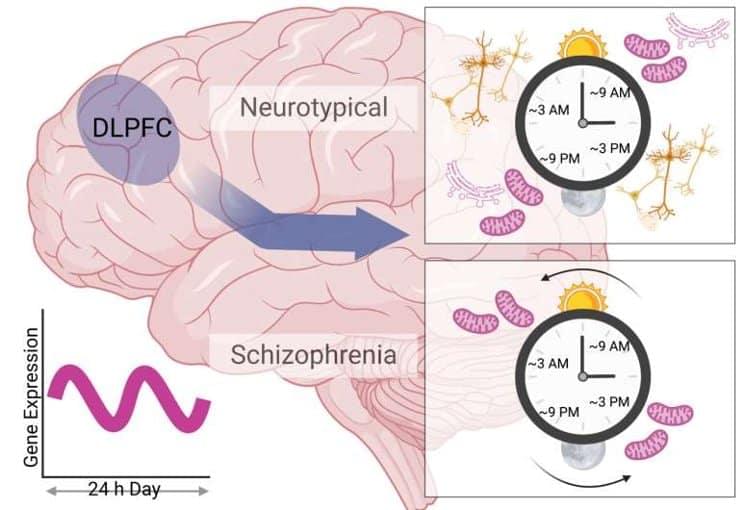San Francisco-based startup Magic AI just secured more than $100 million in funding to develop an AI software engineer, which it sees as a milestone along the path to artificial general intelligence (AGI).
The background: Everything we see and do on our devices starts as code, and traditionally, that code was written by trained software engineers. In 2021, OpenAI disrupted this paradigm with CODEX, an AI that can write computer code in response to prompts written in natural language.
CODEX became the basis for GitHub Copilot, a tool that speeds up programming by generating new code in response to prompts, auto-completing code an engineer has started writing, and more. This can speed up programming by an average of 55%, and more than a million developers have used GitHub Copilot since its release in 2022.







